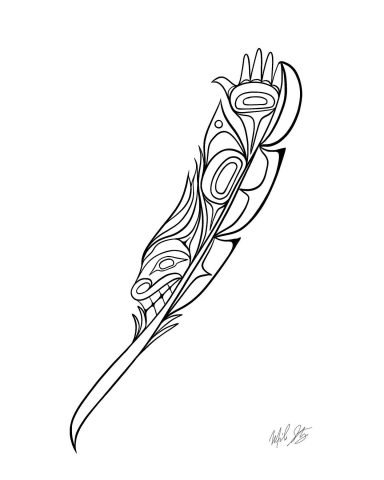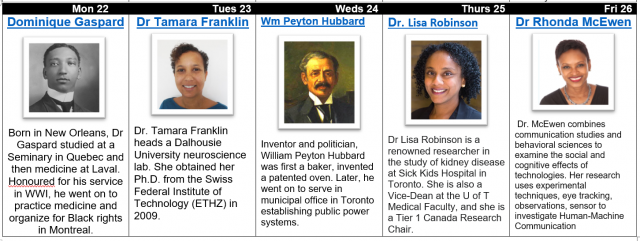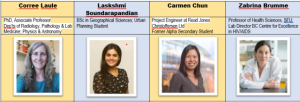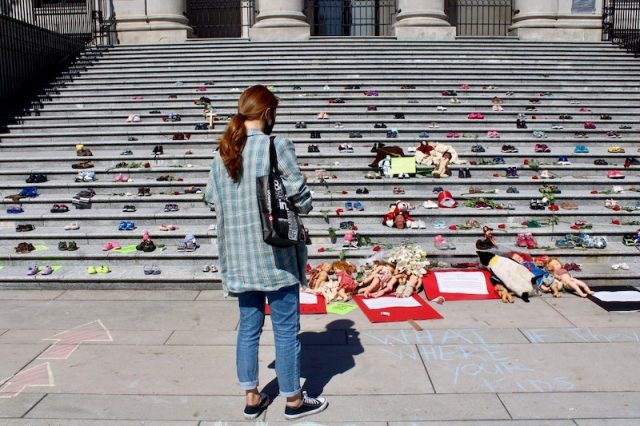Interested in learning about science’s “ME TOO” moment? Watch the documentary Picture a Scientist anytime between June 1-4th (message donna.morgan@burnabyschools for a link) then participate in our webinar with these four amazing women scientists at this link with the passcode Uq6xPE
Late last week, horrific news of the discovery of a mass grave of 215 children at the Kamloops Indian Residential School on the territory of the Tk’emlúps te Secwépemc First Nation was released. The mass grave is tragic enough news, but further harm comes in knowing that the school, which operated from 1890 to 1969, had only reported the deaths of 51 children. The families of those missing children are grieving again.
Non-Indigenous teachers may often feel helpless in the face of the historical and on-going racism against Indigenous people. We can be quick to wear orange shirts or put borders on our Facebook pages, but what can we do that changes things, that supports our Indigenous students and colleagues?
For me, the main thing is that I can continue to heed the calls to action for teachers in the Truth and Reconciliation Commission report. Most importantly for teachers is the call for us to have the participation and achievement of our Indigenous students match that of non-Indigenous students within the next generation. As Senator and Justice Murray Sinclair, who headed the commission, said, “Education is the key to reconciliation, education got us into this mess, and education will get us out of this mess.” For teachers, that means learning to apply the First People’s Principles of Learning in a meaningful way, and it may mean reforming some of our exclusionary practices around what success looks like. We need to make schools a place of inclusion, love and success for all students.
But perhaps first and foremost, we need to educate ourselves. If you don’t know much about the issue of residential schools or the other discriminatory genocidal practices discussed in the TRC, consider doing some reading as suggested by this article in The Tyee. This list from Outdoor Learning has 21 actions you can take this month leading up to National Indigenous Peoples’ Day on June 21.
Once you are ready, you can bring some of this information and teaching to your students, because making sure that both Indigenous and non-Indigenous students have a complete understanding of history and the present is another of the TRC calls to action. You might wish to start with some of these ideas from the BCTF sponsored Project of the Heart. Of course, the First Nations Education Education Steering Committee (FNESC) has compiled many resources, starting with these resources about Residential Schools. You can move on to their fabulous math and science compilations as well. Our own Indigenous Education District Blog has many wonderful sources of information, resources that are both authentic and age appropriate.
Michelle Stoney, Gitxsan Artist, is sharing some of her colouring pages free. So if you want your class or school to colour in 215 feathers like the one at left, or have some other project in mind, you can check her out on Facebook or buy her colouring book on Etsy.
In the resources linked above there are stories and activities for all ages, from K-12, that will help you talk accurately and sensitively about this issue with your students. Importantly, as allies, we need to pick up the work this week as our Indigenous colleagues and friends are reeling from the news that again harms them at the deepest level. Remember that the Kamloops IRS closed in 1969, and the last residential school closed in 1996. It is possible that those buried children represented lost aunties and uncles to surviving Indigenous people. Let us shoulder some of this work and help heal.
 This last week of Black History Month features an inventor from Toronto city council who helped establish public power; a lead researcher and Canada Research Council chair in neuroscience; and a decorated World War 1 hero. Read all about it here. Black-in-Stem-2021-Week-4
This last week of Black History Month features an inventor from Toronto city council who helped establish public power; a lead researcher and Canada Research Council chair in neuroscience; and a decorated World War 1 hero. Read all about it here. Black-in-Stem-2021-Week-4

